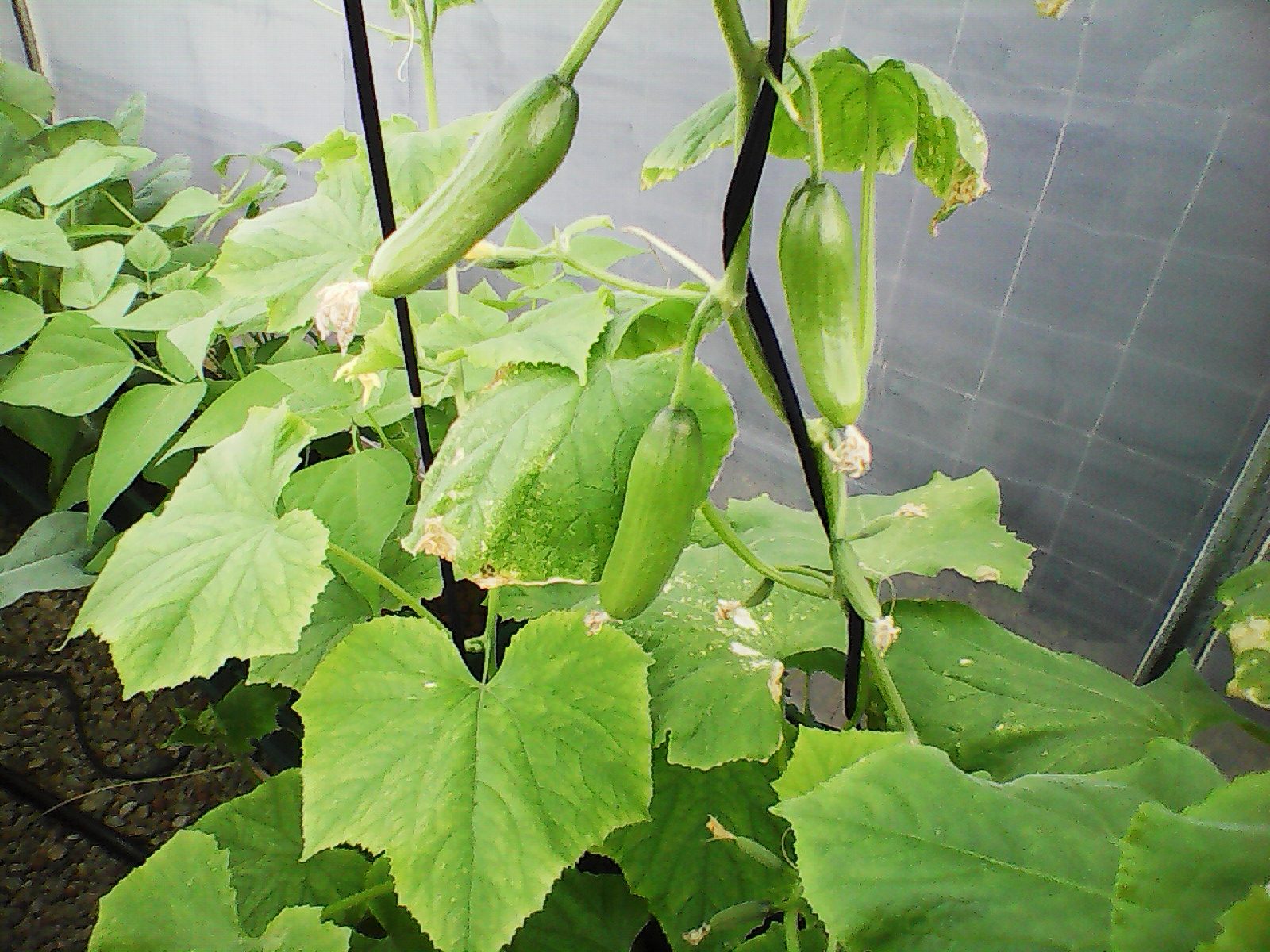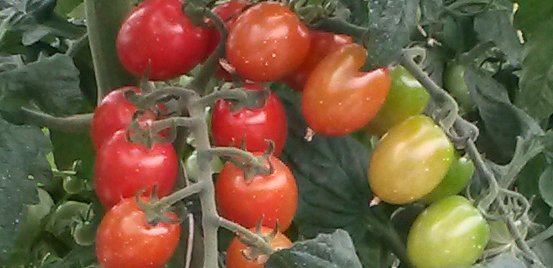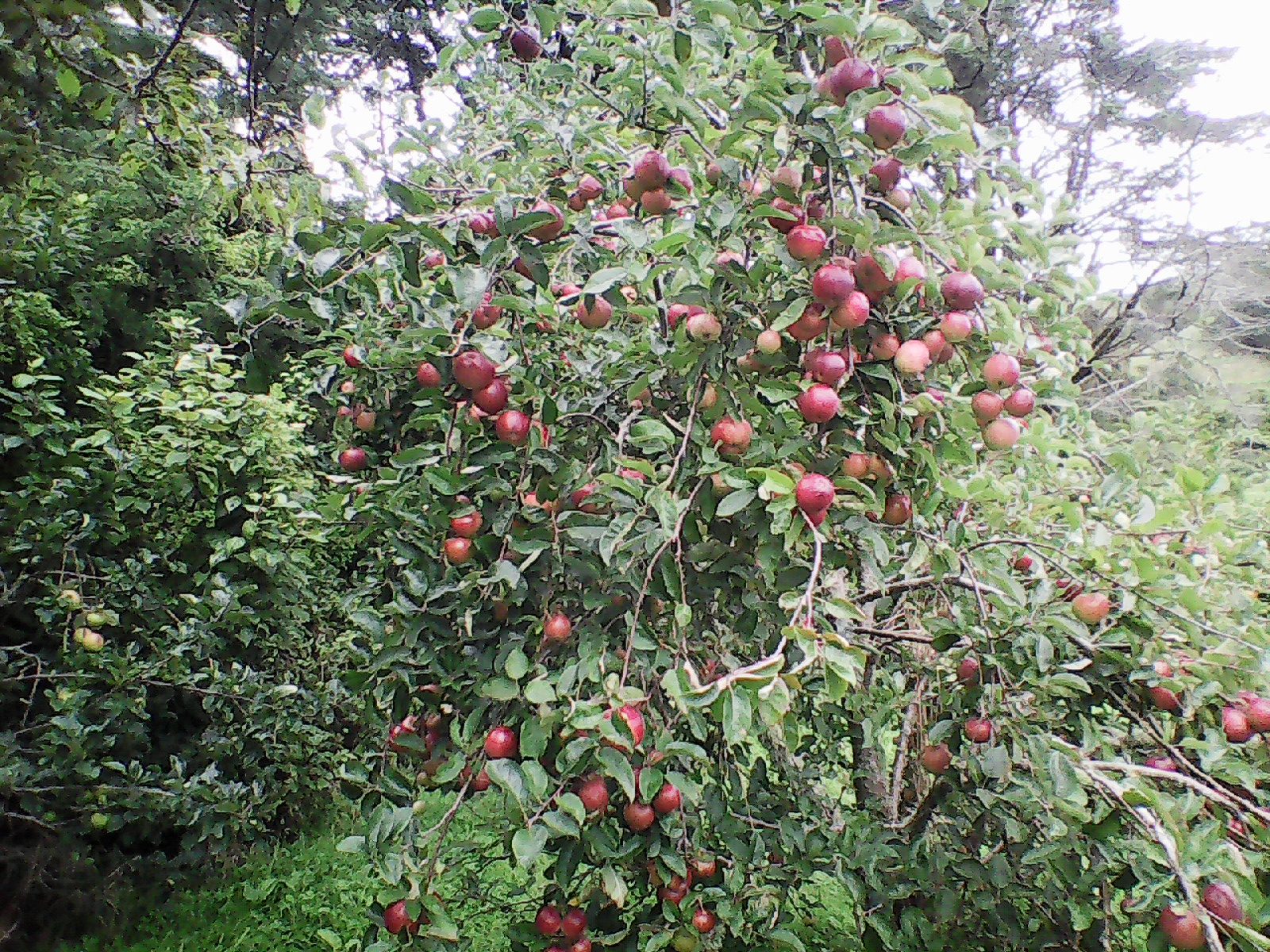Green Manure crops and mulching
May is one of those cross over months for the garden. I start to think about bedding some areas down for winter and feeding the soil where greedy crops may have stripped it over the summer. A good green manure crop is ideal this time of year especially if, like me, your work hours limit the time spent in your garden. Green manure crops are grown exclusively for the benefits they give to the soil and not for harvesting. They improve the soil by adding organic matter, nutrients and control weeds. But the benefits far outweigh the nutrients they put back into the soil. Putting these into the soil feeds all the soil microorganisms and so improves the fertility of the soil.
A soil rich in microbial diversity grows healthy plants able to resist disease, fight pests and are more drought resistant. This soil diversity is where our Oceans 100 from Agrissentials is so beneficial and why plants that are exposed to this do so well. It’s the microbes that convert the green manure crops to food for the future plantings. They can also convert some of the unavailable nutrient in the soil into a form the plant can then use.

Generally green manure crops will: -
- Increase the organic matter
- Increase nitrogen fixation
- Protect the soil surface
- Improve the soil structure
- Reduce leaching
- Provide nutrients for the microbes and the next crop.
These green crops should be tilled in, mowed down or smothered by organic mulches before they go to seed. I always feel the best way to use them is to smother so you get the most out of the crop with the least damage to the soil biota.
Each green manure crop will give slightly different benefits. My favourite is a legume crop such as peas, dwarf broad beans or lupin, as the legume will fix nitrogen from the air into a form the plants can use. Wheat, barley and oats are great for adding structure to the soil.
The other thing we do at this time of year is feed and mulch. We mulch the areas we are saving for the coming crops but also around our winter seedlings. Our favourite is pea straw. This supresses weeds and keeps the root area insulated. We still have plenty of pea straw available at $19.90 a bale.
If you’re going to continue to garden over winter, then give your soil and soil microbes a feed with some compost. We have 2 different types of organic certified compost. Our favourite is the Gardeners choice compost. It is a bit more expensive, but it has less bark and sticks and comes in a bigger bag to go a little further. Check out this month’s special of a free 30L bag of Growwell potting mix (RRP $10) with any purchase of 2 x .40L Gardeners Choice compost bags.
It’s also a time when I think about how to save the seeds of those plants that have performed extremely well this year. I’ve let a few plants I was impressed with go to seed in the hope of saving these for next year. I’m saving some stevia here at the shop and at home some cherry type yellow tomatoes that one of my customers gave to me. They were grown because of their health benefits. As a bonus they were very tasty and well worth growing.
How did your pumpkins grow?
Pumpkin is one of my favorite winter foods. It’s so versatile in soups, roasts and even in the pumpkin pie recipe my sister in law gave me. I’ll never forget serving it to my uncle when he was visiting years ago. He was horrified to be fed pumpkin as it is only known as a stock food in Holland. Unfortunately (or fortunately for me) Brett cannot stand pumpkin so I get to eat it all.
According to Kings Seeds the word pumpkin originates from the word
pepor, which is Greek for “Large Melon”. Through a series of Chinese whispers through many nations - France adapted to
pompom, English to
pumpion and finally the American colonists called them
pumpkin which we now use today.
This year we had an incredible harvest of 32 pumpkins from the compost pile we had in the car park. They were growing everywhere – even in the neighbour’s tree. This however, has turned into despair as one by one they have started to turn soft. We harvested them a bit earlier than normal because it had been so very wet and they were sitting in the damp. The stems were still a little green rather than dry and that I think is where we went wrong. Previously I have waited for the stalk to dry totally before moving them. Then again it could be the temperature fluctuations in the upstairs room where we stored them as the ones Heather took home appear to be fine.
Usually I’d wait at least 3 weeks for them to cure before doing anything with them. Now I’m cutting them into the right size and freezing them.
Pumpkin Pie Recipe
Short crust pastry (or you can cheat and buy readymade)
- 1 1/3 cups of high grade flour
- ½ tsp salt
- ½ cup butter
- 3 – 3 ½ tablespoons of cold water
Filling
- 2 cups mashed cooked pumpkin
- 2 eggs beaten
- 1 can evaporated milk
- ¾ packed brown sugar
- ½ teaspoon each of cinnamon, ground ginger and ground nutmeg
- Pinch of salt.
Preheat oven to 200 degrees C
Prepare pie crust by mixing together the flour and salt. Cut the butter into the flour, mix the dough, add cold water 1 tablespoon at a time until it is moist enough to hold together.
With lightly floured hands, shape the dough into a ball. On a lightly floured board roll dough to about 3mm thickness. With a sharp knife cut the dough 3 cm larger than the upside-down pie dish (use approx. 20cm dish). Gently put the pastry into the dish.
In a large bowl beat the pumpkin, with evaporated milk, eggs, brown sugar and spices. Mix well and pour into the prepared crust.
Bake for 40 minutes or until a knife put in about an inch from the crust comes out clean.

 Autopot news
Autopot news
These pots constantly amaze me with what we can grow. Our new greenhouse is looking very lush with the 12 pot systems and the microgreens. We are pushing the envelope a bit and still have cucumbers and zucchini performing in there. I’m holding my breath, waiting for the first frost when the leaves will collapse, and I’ll have to admit defeat. Meanwhile, I’ll enjoy the prolific little sweet Iznik Cucumbers from Kings seed and Black Beauty Zucchini done as zoodles.
Inside the shop we now have our grow tent up and running. The results are impressive here too. We have an Autopot 4 pot system with two tomatoes and two Bell Peppers. I’ve just added a starter kit with basil. Because the lights are flowering lights the seedlings were a little slow to start but they have found their stride now and are progressing well. It's all a huge learning curve but I find myself eager to see what has happened in there each morning.
Microgreens
We have been experimenting with microgreens and trying to produce these in larger quantites. We have found a bulk supplier of organic microgreen seeds and the results we are getting are impressive. We still find coir fibre is the best media to grow them as it retains the correct amount of water and gives the shoots enough depth to sink roots.
The guys at Autopot UK have been
experimenting with microgreens as well and have some great videos on their Facebook page showing how/what they’re doing in this area. We’re looking forward to the products they are developing in this area when they are finally available.
Garden workshop
We have Hannah Zwartz the Kapiti Green gardener here on the 19
th of May for a gardening workshop. It’s an ideal way to meet other gardeners, swap ideas and get inspiration for your garden. There are still places available so just email me and let me know you’re interested and I’ll put you on the list.
Home and Living Show
The Wellington Home and Living show is on the 25-27
th of May. I have some free tickets available that I will give away over the next couple of weeks.

May Special
This month’s special is Gardeners Choice compost. A great idea to feed and fertilise your garden at this time of year. Buy 2 40L bags of this lovely compost and get a 30L bag of the Growwell potting mix free – usually $10. There is a limited supply so first in first served and sorry – no email or phone hold.
 Heather’s Corner
Heather’s Corner
We’ve been having trouble getting parsnip seeds to germinate. We have sown them, wet the ground and covered them with a board. This is what we always do but we’re on to our second go at it now. (We uncovered them this morning as we think there may be a couple showing, fingers crossed). When I sowed mine at home in my sandy garden I didn’t give them any special treatment and they have germinated and are growing well. May be that’s the secret, the less fuss the better. Any ideas?
We have our trusty Super 7 heated propagator up and running in the hothouse again, it makes the job so much quicker and easier. We manage to prick out some fast growers like Pak Choy and lettuce within a week.
Our garden is looking pretty good, the brassicas are doing well, we have Bright Lights beet, broad beans, the carrots are up and we are waiting patiently on the parsnips. We’ve put pea straw amongst the plants (not carrots and parsnips) and that seems to be helping them along. Slugs are our problem. They seem to be having a great feast. We have been sprinkling Quash around but need some extra ammunition! As soon as we get some beer the Slug X trap will be going out. We’ll get the blighters one way or another.
Don’t forget Mother’s Day is looming, we have some lovely gift ideas for gardening Mums and all in a reasonable price range.


 Generally green manure crops will: -
Generally green manure crops will: -




 Autopot news
Autopot news
 Heather’s Corner
Heather’s Corner
